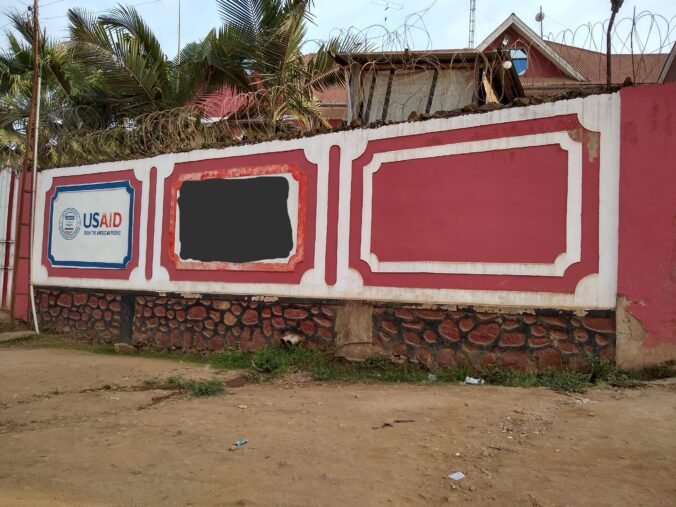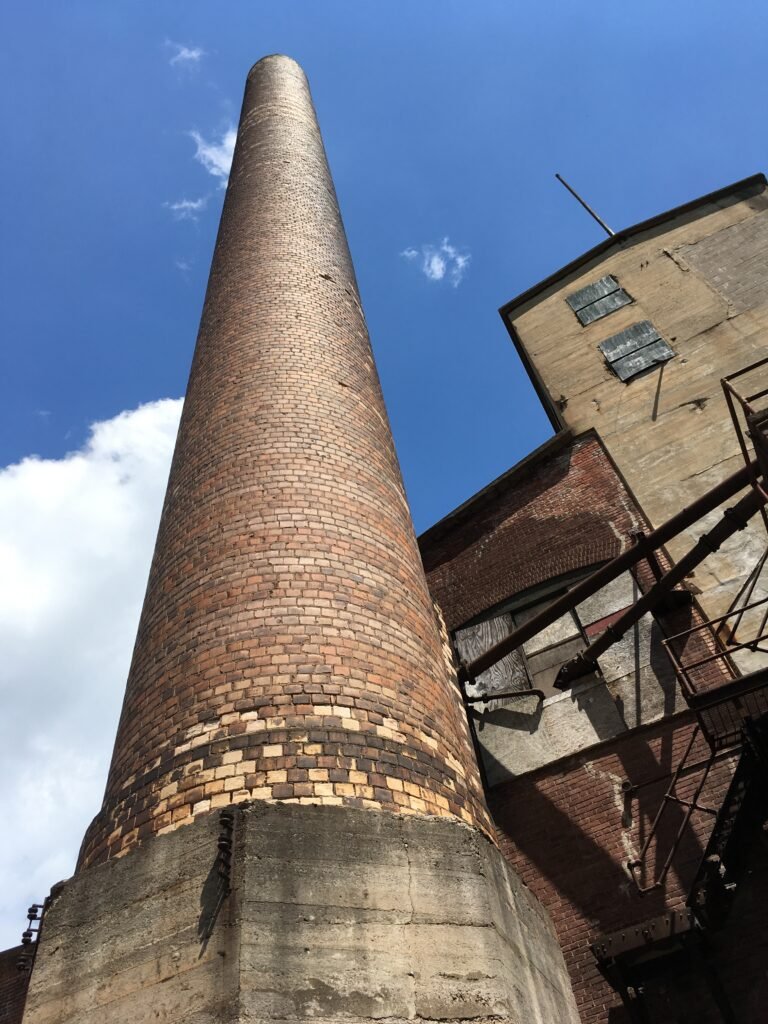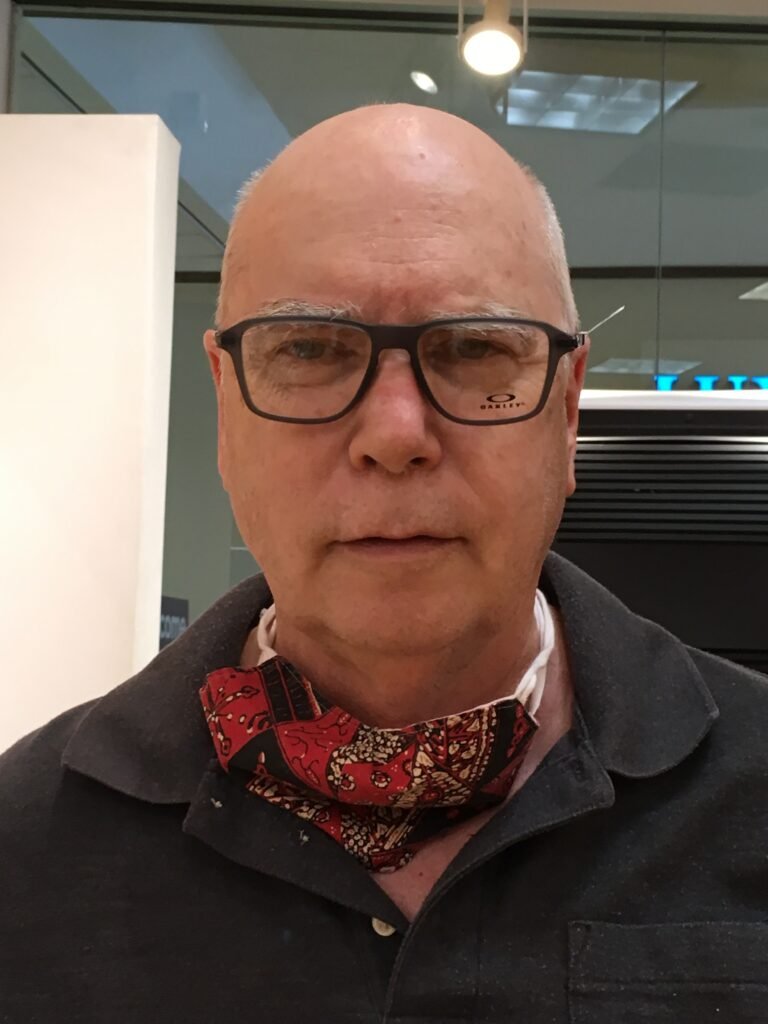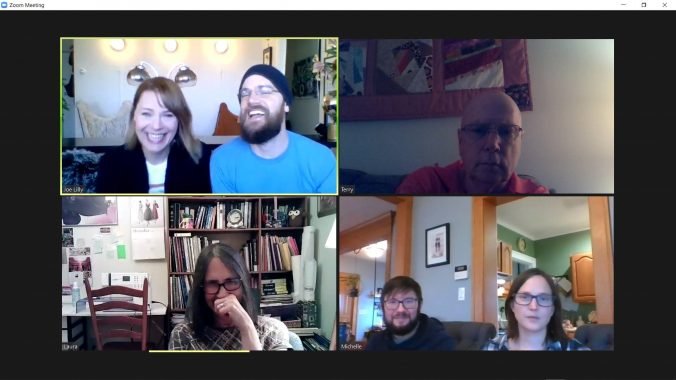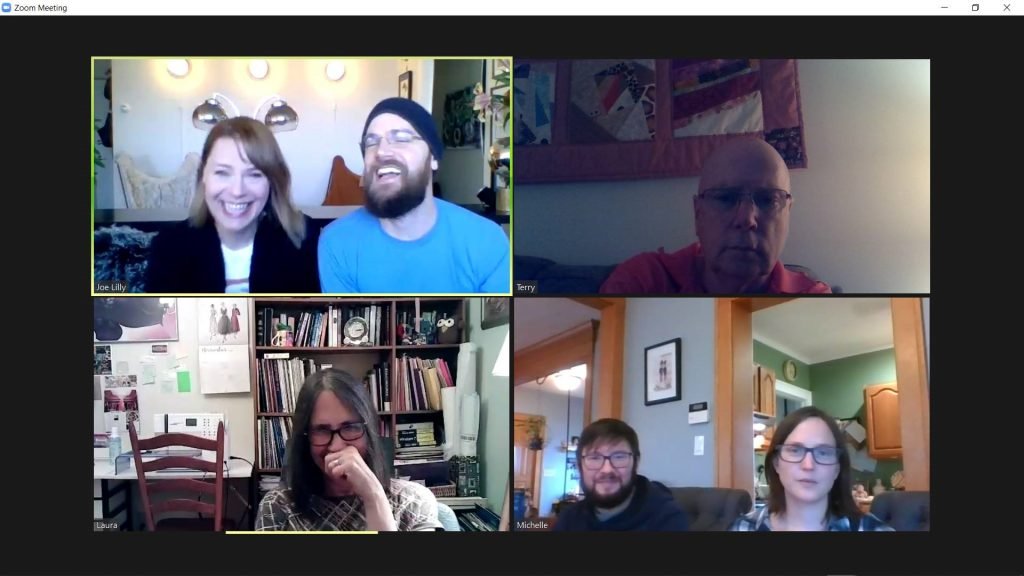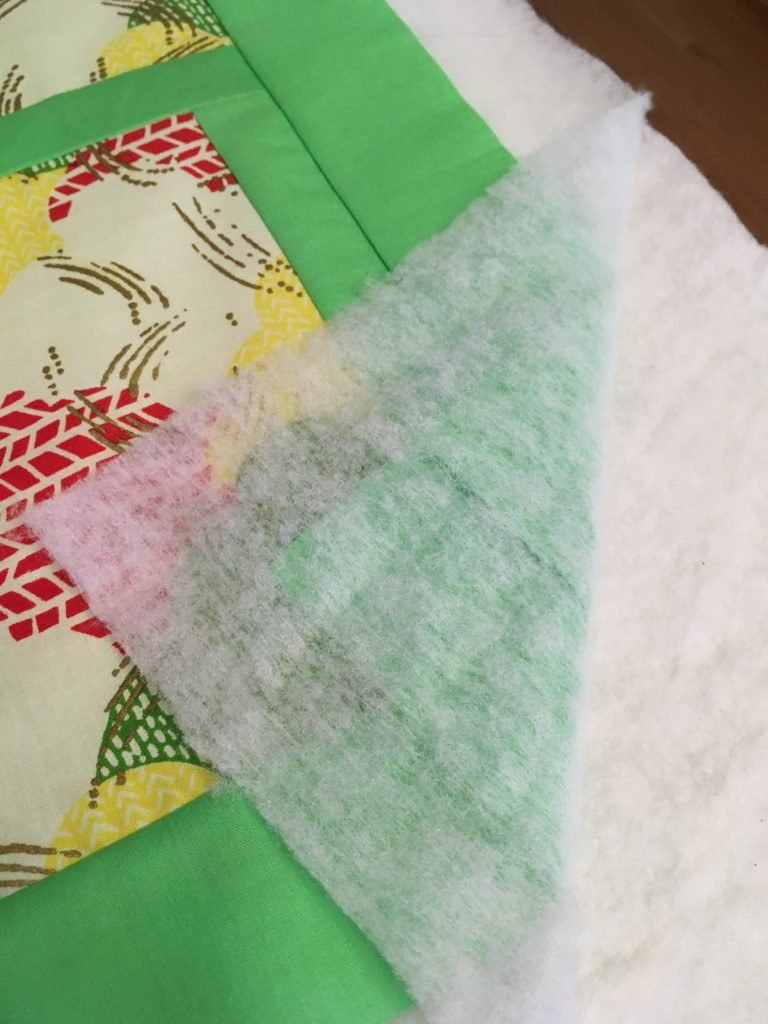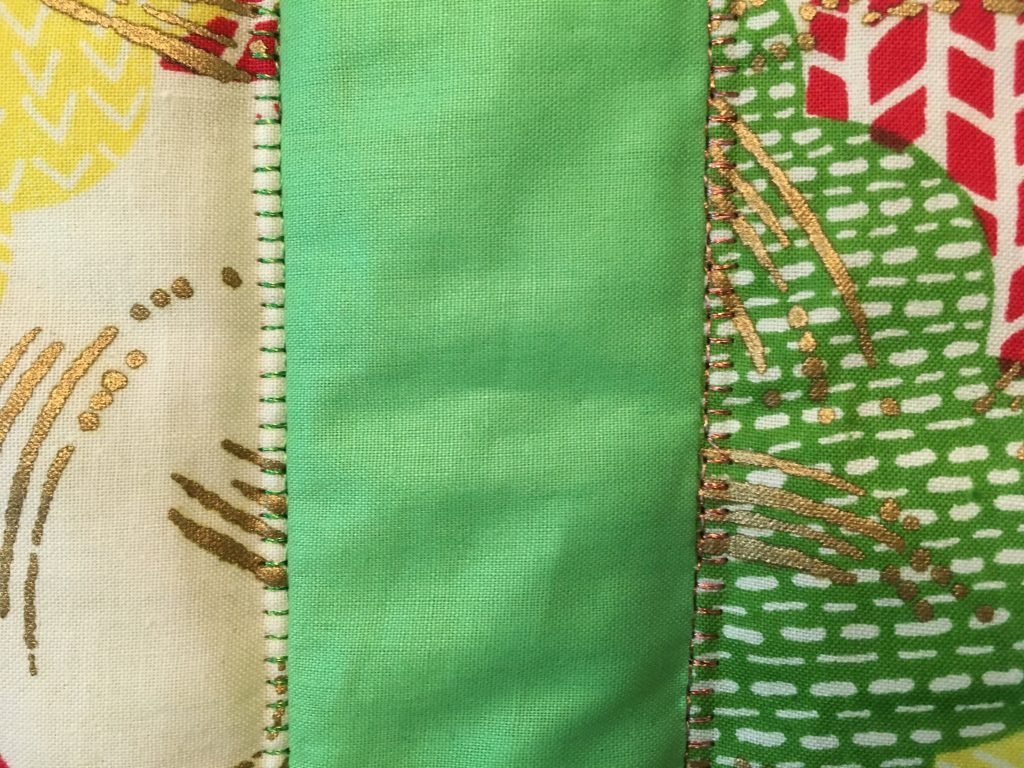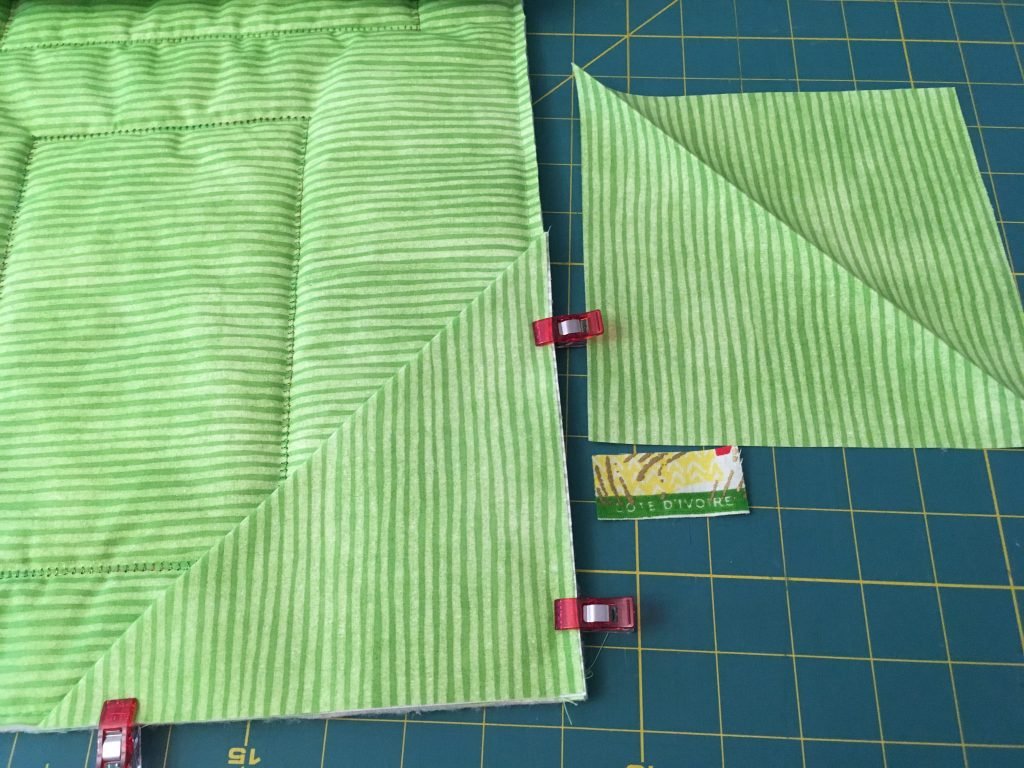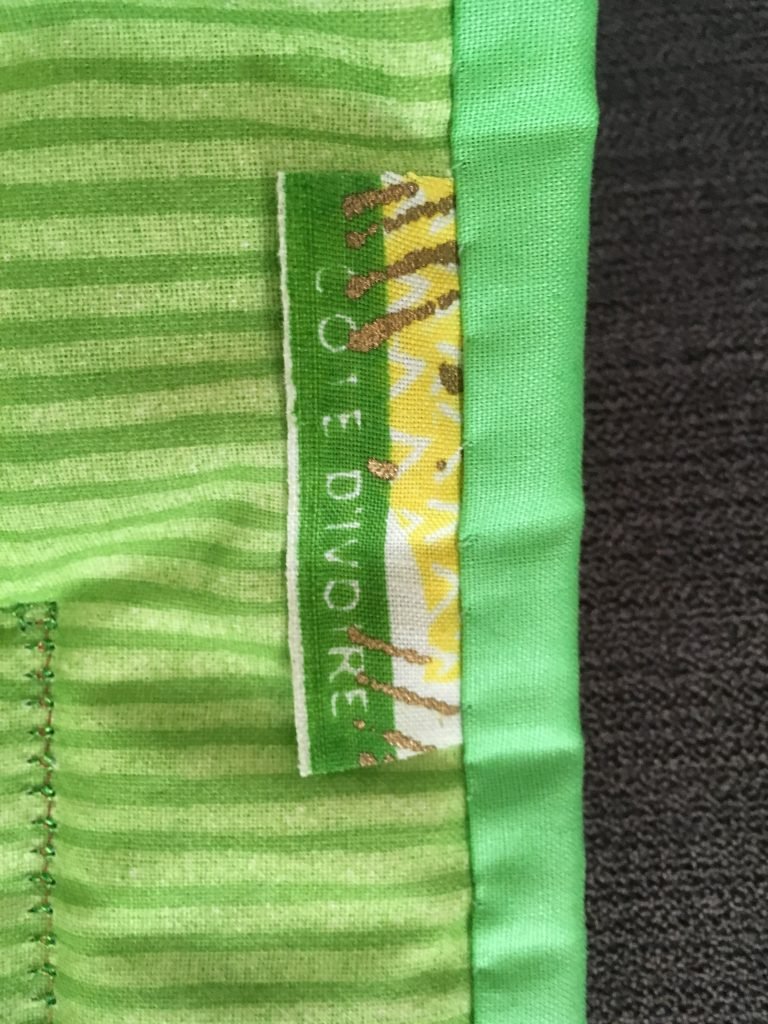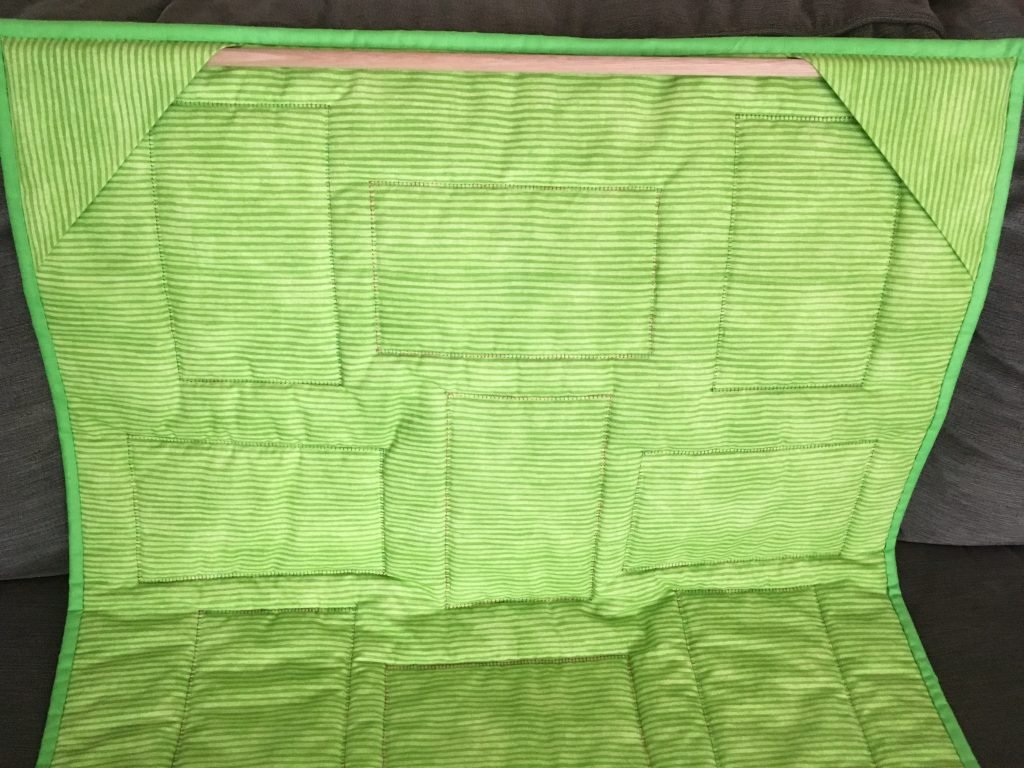Notice the byline on this post? Yes, the ‘USAID-funded researcher’ is none other than our middle daughter, Michelle. And yes, she is one whose voice was silenced on 1/20/2025. A few weeks ago, Michelle asked if she could share her perspective with my readers.
It was time.
PART 1: War and Life
The room was small.
Not much more than a cinderblock room with some chipped paint. There was a small bed that looked more like a massage table, some buckets in the corner, some posters on the wall, and some equipment on another table. No electricity. No running water. There were two windows, positioned across from each other to provide a good cross-breeze, covered in light fabric curtains. The windows had no other covers – no glass, no screens. They were nothing more than intentional holes in the wall.
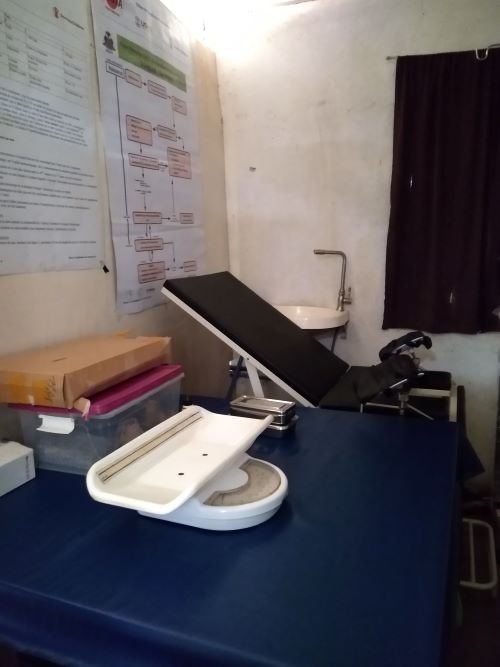
The window style is not unusual in Africa, in fact it is very common in schools, so normally it would not strike me as noteworthy. But this was at a health clinic. This room, in fact, was a birthing room. One of four in the clinic’s maternity ward.
I was there to check on the equipment, among other things, as part of a monitoring mission in the middle of an active conflict zone in Ituri province, Democratic Republic of the Congo (DRC).
This was for the non-governmental organization (NGO) I worked at that had helped build the clinic, train the doctors and staff, and provide medical supplies. I noted that the supplies were indeed received and were being properly sterilized and stored. I had long conversations with the clinic staff about proper procedures, safety, sanitation, privacy, and other topics.
I secretly thought to myself that I would never want to give birth in this room, for, while it was clean and sterile, it looked uncomfortable, and the window setup would make me self-conscious. Could there be any privacy? What about dust getting in?



l-r: photographer for the NGO’s communications team; sorting through equipment with clinic worker (shown); member of the NGO’s monitoring & evaluation team
Then the clinic director took me to the postnatal ward, to show me the beds where new mothers recovered under new mosquito nets. In the row of beds, there was one new mother – she arrived last night. Would I want to speak with her, the director asked?
Before I could answer, this woman began to thank me, telling me how this clinic saved her child and her from death. Without this clinic, she shared, she would have given birth in “the bush”, outside, while fleeing from militia and soldiers.
Who knows if she and her child would have survived.
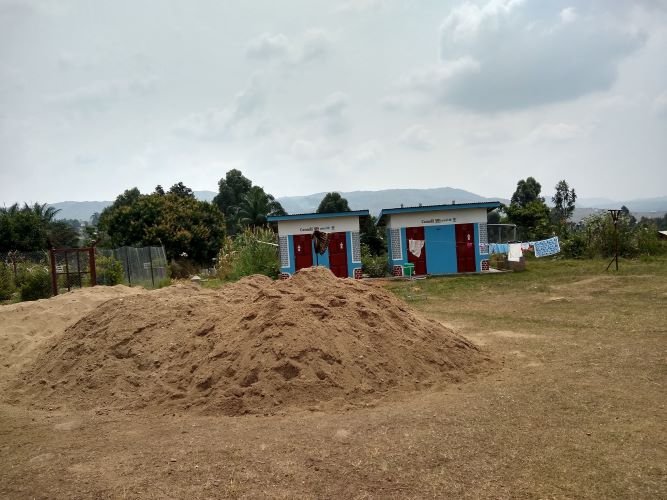
I was wrong about the birthing room; it was luxurious indeed.
I have engaged with many people in challenging circumstances in my life as a researcher in international development and humanitarian assistance. I’ve met and played with many children, talked with many parents, had engaging conversations with teachers and administrators, given presentations to government officials, even held court with a king, in countries such as DRC, Côte d’Ivoire, Lebanon, Uganda, and others. This woman is one of many who live in my mind. But she is the one I think of the most.
I thought of her when the President signed the executive order to “review foreign assistance” on inauguration day. I thought of her again three days later, when the Secretary of State and the acting USAID Administrator decided that the executive order was not strong enough and issued “stop work orders” for all projects. And she is the one I have thought about every day since. To me, she symbolizes the vulnerable who will pay the price for any mistakes and errors that the powerful make in their careless, hasty efforts to pursue their agenda.
Next – Part 2: Chaos and Destruction
All photos: Michelle L. Solorio
Header photo: USAID presence in DRC with non-governmental organization (NGO) affiliate logo scrubbed for privacy reasons
